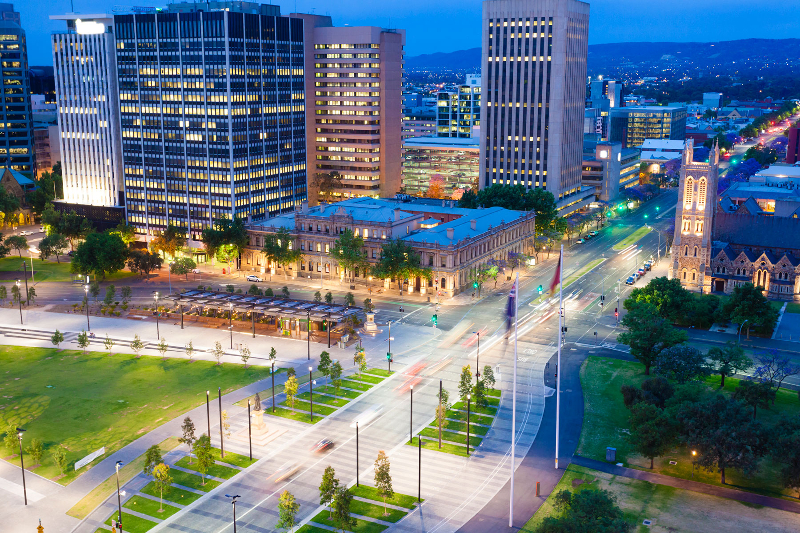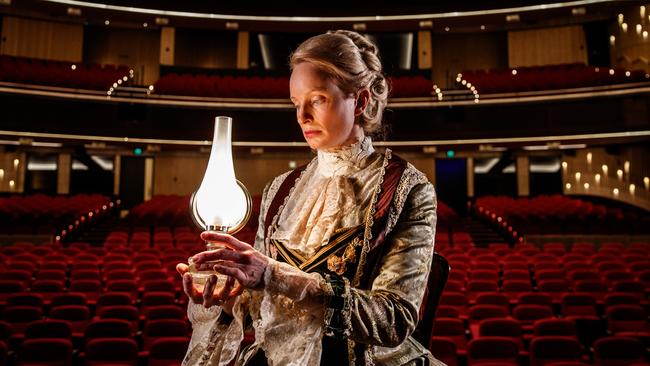Equity in infrastructure – is Adelaide getting it right?
In recent articles we have explored the idea of flourishing and liveable cities – something Square Holes regularly engages with through our client work. A liveable city is judged by investment in and accessibility to key areas such as political stability, quality and accessible health care, availability of cultural amenities and access to clean nature, quality education intuitions and human centred infrastructure.
Through our work we have spoken with builders about the rising pressures on the building industry, reflected in the State of Nation’s Housing report 2022 – 2023. Australia’s housing markets are currently navigating an intense period, impacted by “COVID-19 related lockdowns, low population growth and record amounts of monetary and fiscal stimulus.” Builders told us that high demand coupled with tight supply of both labour and materials, combined with bad weather was placing significant pressure on the industry. Housing Australia state that approximately 28,000 homes were delayed in 2022, and that builders are currently having to make cost allowances of up to 40% for unexpected delays (up from their regular 20%).
The same report reveals that “returning migration at a time of low vacancy rates is likely to result in upward pressure on rents.” For cities that receive the bulk of overseas workers and international students like Sydney and Melbourne, it was projected that rent will continue to rise. Housing Australia also predicts that 1.8 million households will form between 2023 – 2033, and of those the fastest growing demographic will be single person households (predicted 563,600 in the same 10-year span).
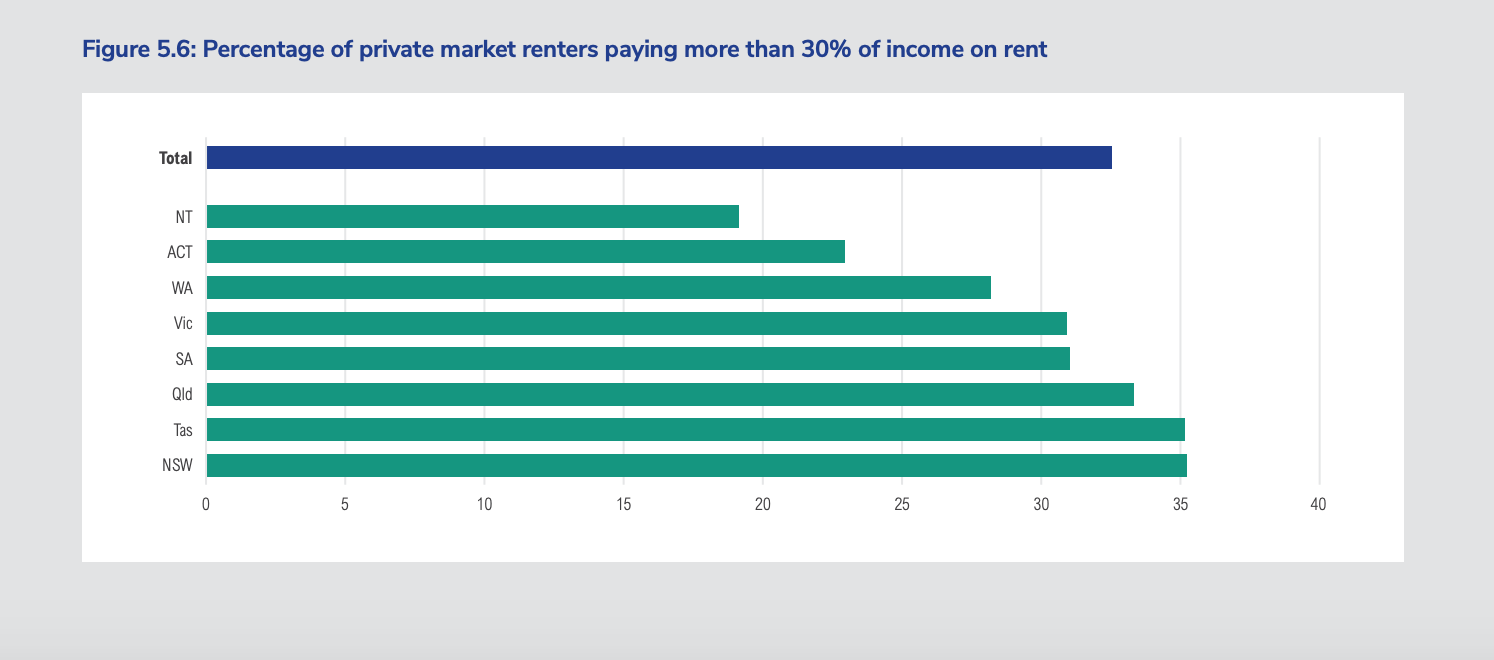
Which means there will be an even greater need for considered and equitable social infrastructure in the coming years.
Social infrastructure is comprised of the “facilities, spaces, services and networks that support the quality of life and wellbeing of our communities.” This network contributes to social identity, inclusion and cohesion as well as playing a major role in supporting Australia’s economy, liveability and sustainability.
Priorities and experiences of social infrastructure can differ across the nation, as well as across the states. In the national 2019 Australia Infrastructure Audit and accompanying survey of 5,000 Australians from all representative states, the sample rated “access to parks and open space more highly than telecommunications and public transport when choosing where to live”. They also ranked health and aged care services as the most important of all infrastructure sectors in which governments should invest more money.
Those areas of greatest concern included the quality of social/public housing, trams/train networks and services and broadband telecommunications networks.
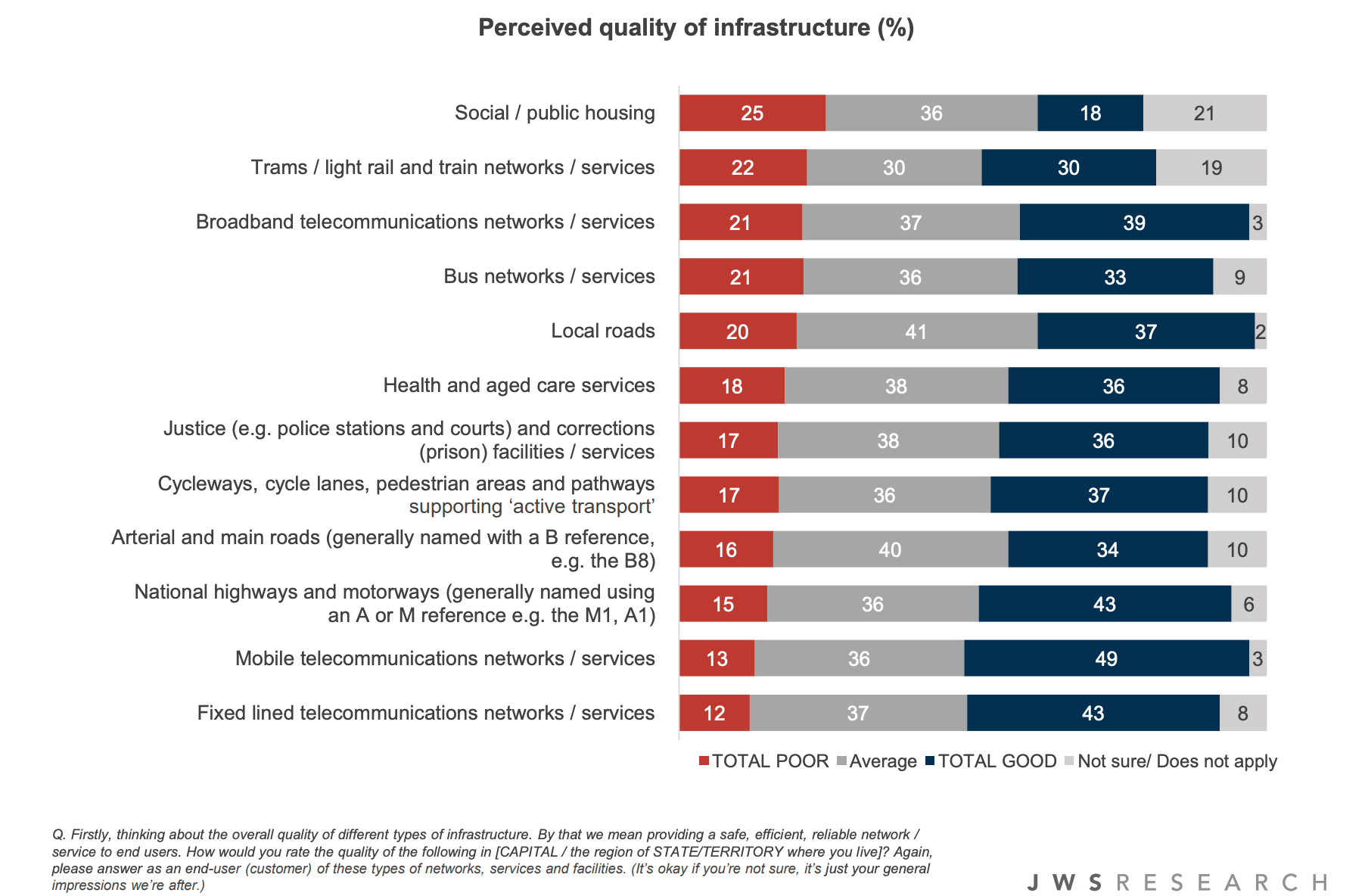
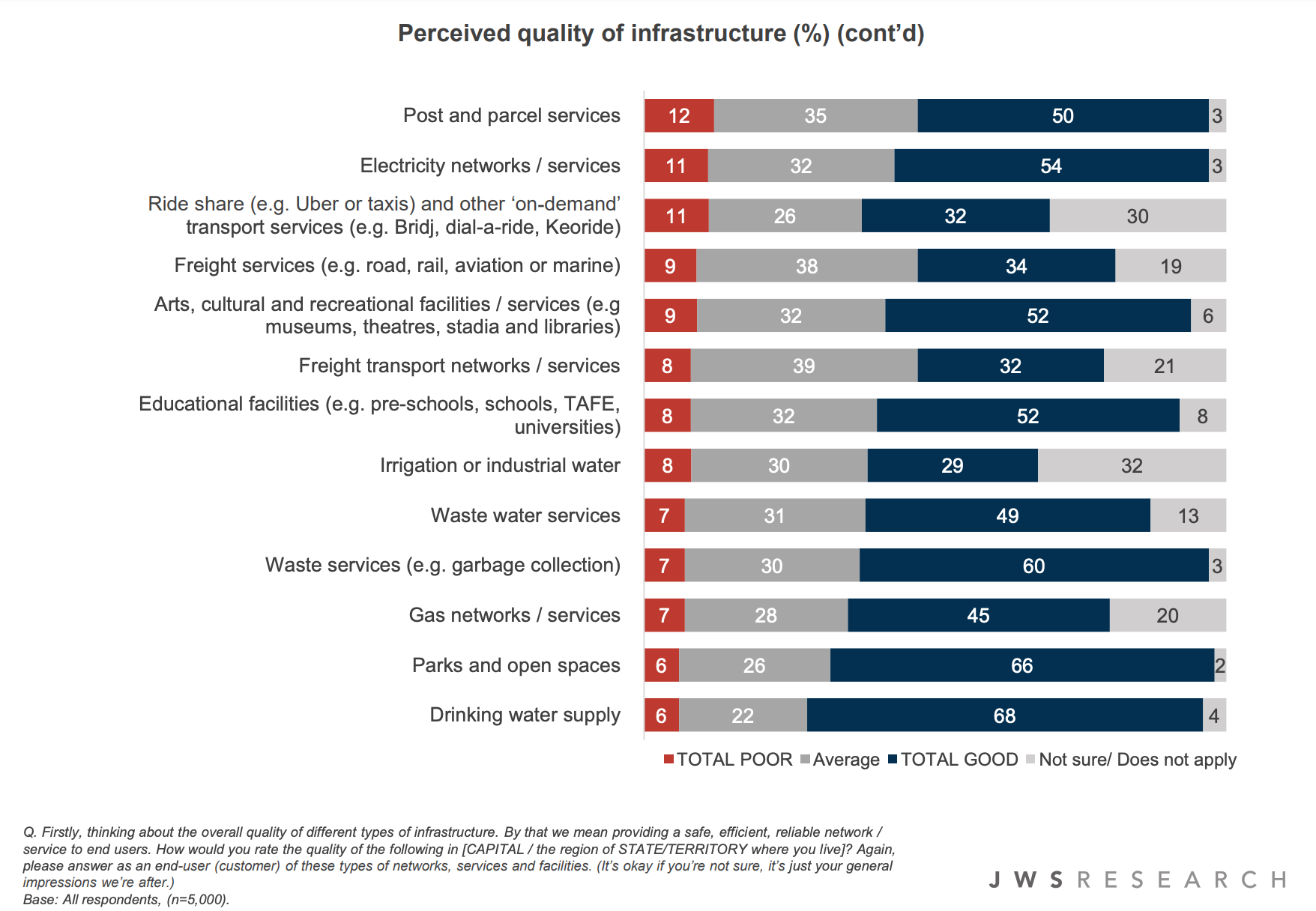
The most difficult infrastructure to access are seen as social and public housing (29%), trams / light rail and trains (21%) and health and aged care services and bus networks and services (both mentioned by 20%).
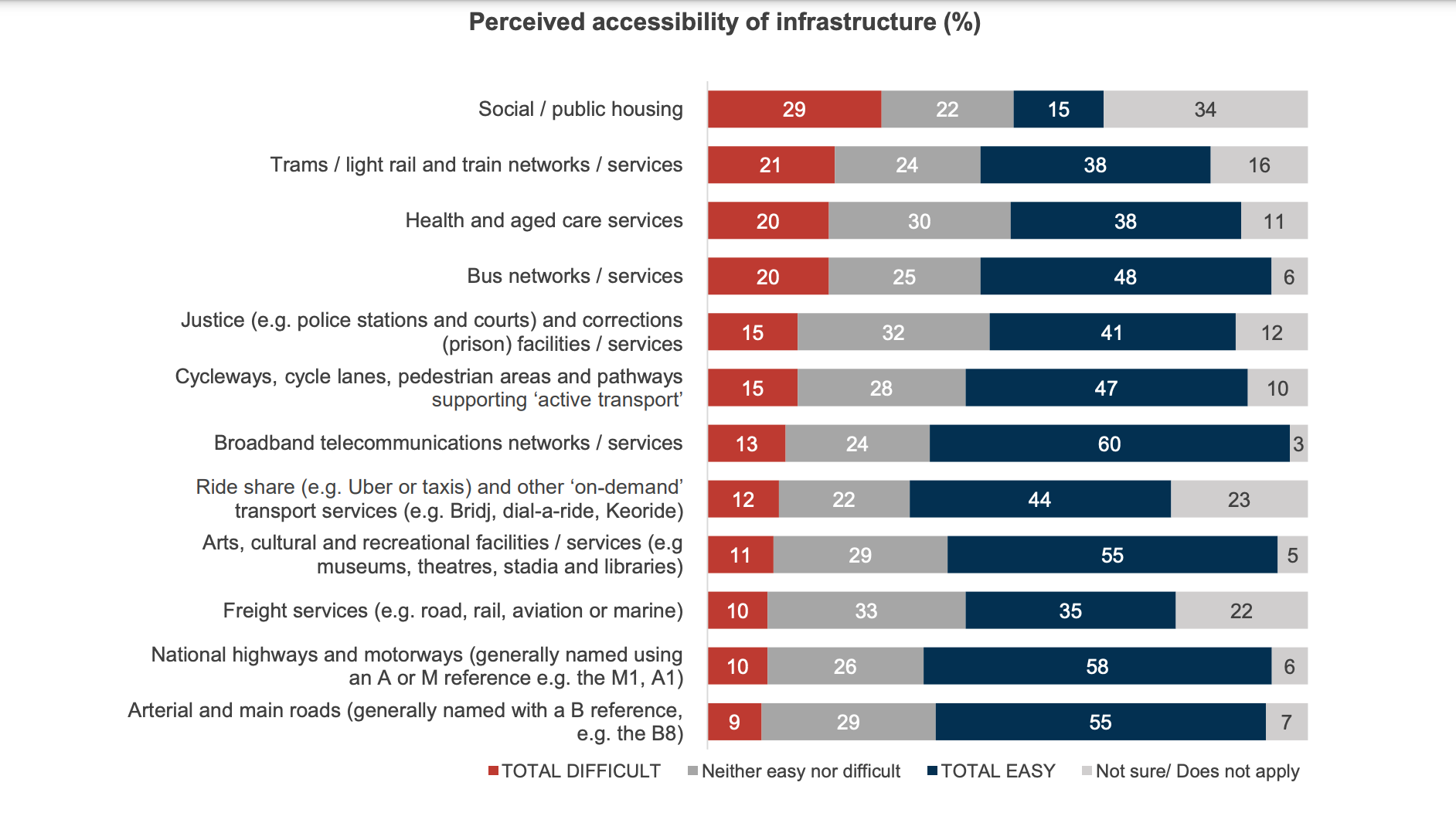
Closer to home in an article exploring Adelaide’s liveability rating, a report card for South Australia indicated that our infrastructure and resource spread wasn’t as inclusive as it could be.
Some key stats revealed that Adelaide ranked third behind Sydney and Melbourne when it came to accessibility to social infrastructure. The Social Infrastructure Index included access to 16 types of social infrastructure at various recommended distances from dwellings. It included access to childcare facilities, community centres, libraries, aged care facilities, pharmacies, family and community healthcare, dentists and general practitioners, sporting facilities, swimming pools, outside school hours childcare, primary and secondary schools, museums or galleries, and cinemas and theatres.
Adelaide averaged 6 out of the 16 at recommended distances. It was also noted that a closer analysis of the mix of social infrastructure across Adelaide reveals wide variation across the city across all social infrastructure points.
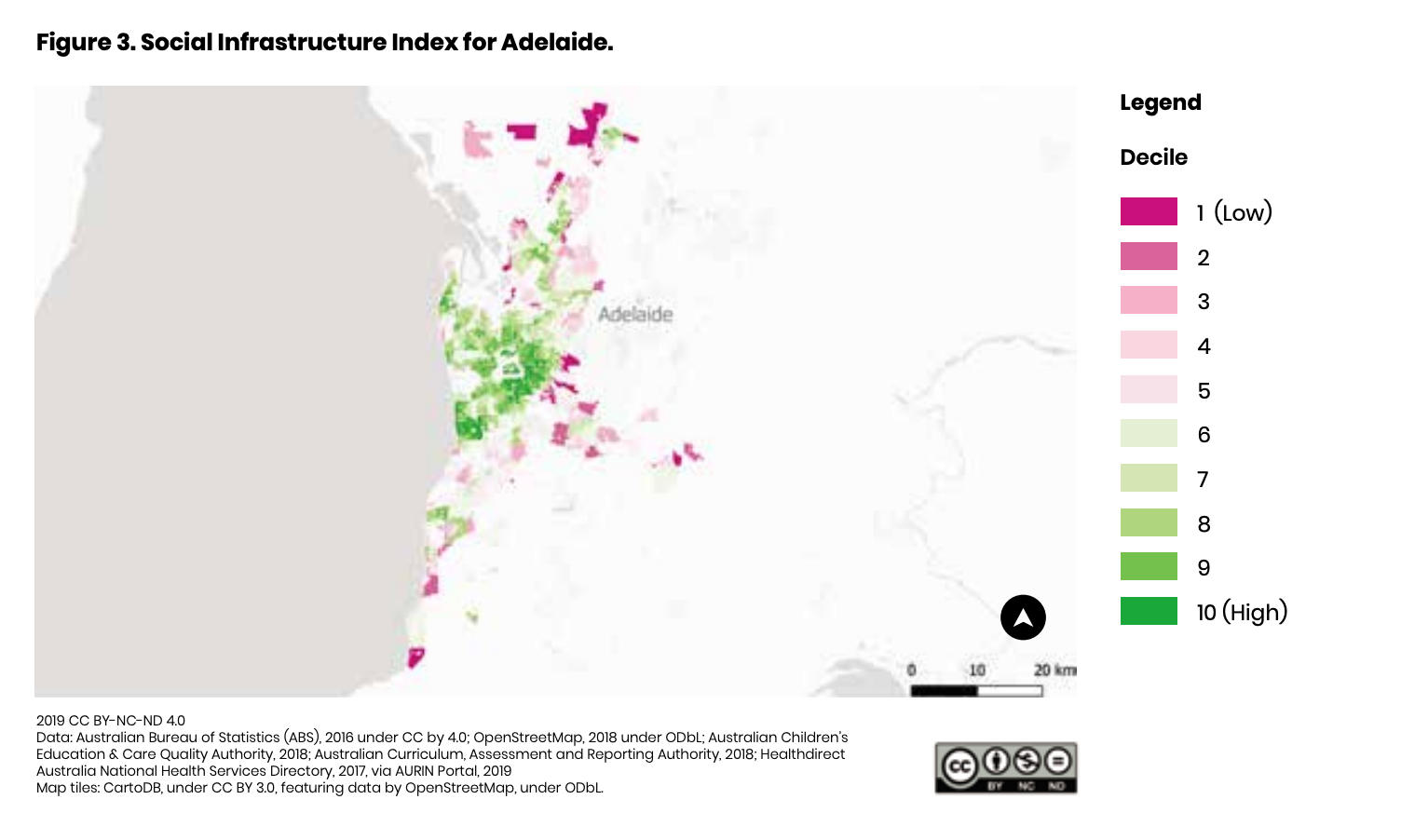
For housing affordability, 34% of Adelaide households are in the bottom 40% of the income distribution and are spending more than 30% of the household income on housing related costs.
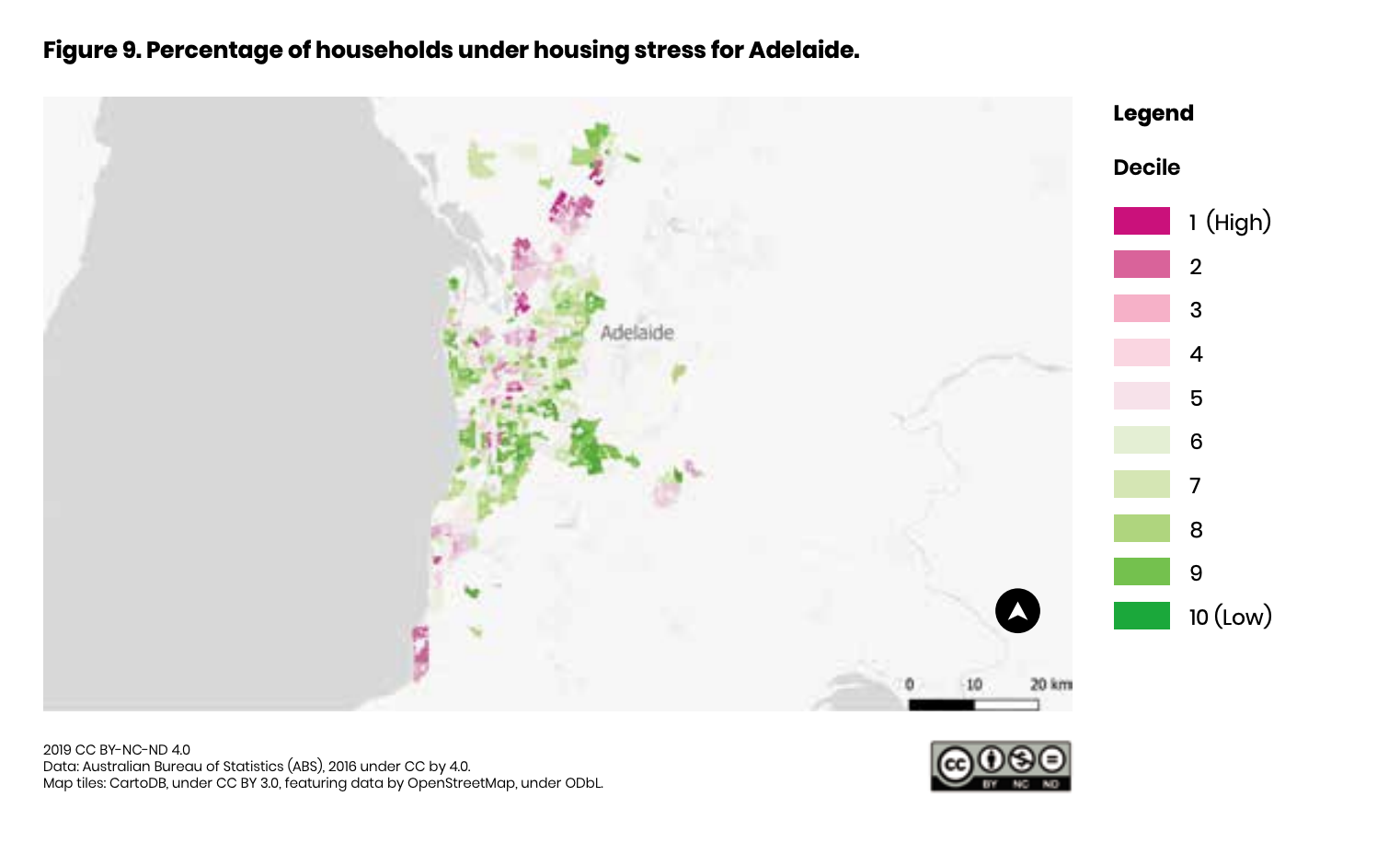
Square Holes has worked across many of the key social infrastructure sectors including education (strengthening public education in the state), building (pressure points for builders and where support is needed), environment, health and aged care and culture – working with government and aligned agencies to hone our infrastructure offerings and make sure they are accessible and available to a wide range of South Australians.
